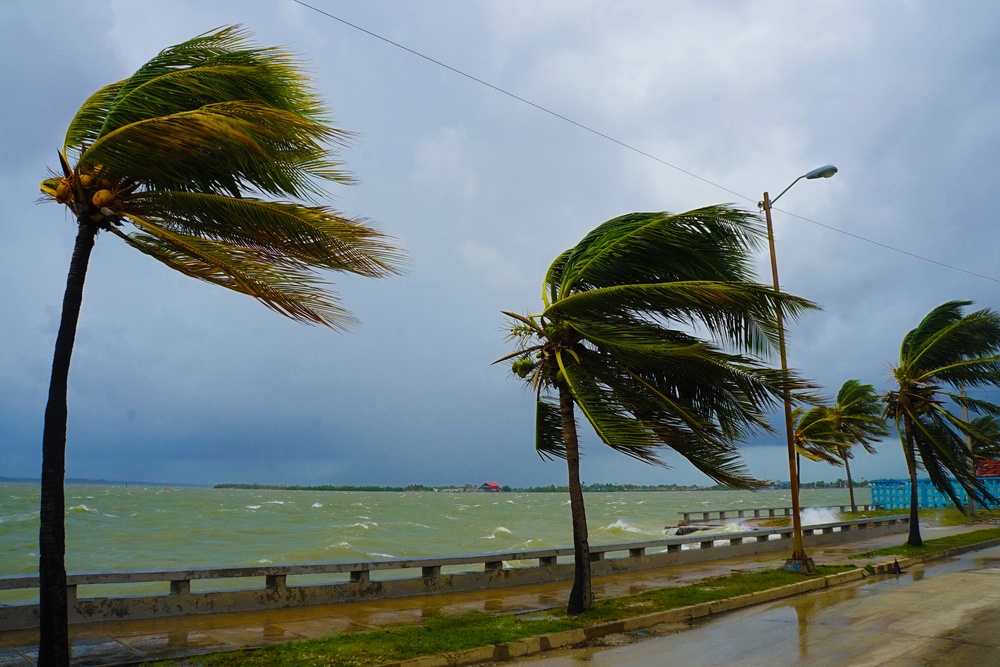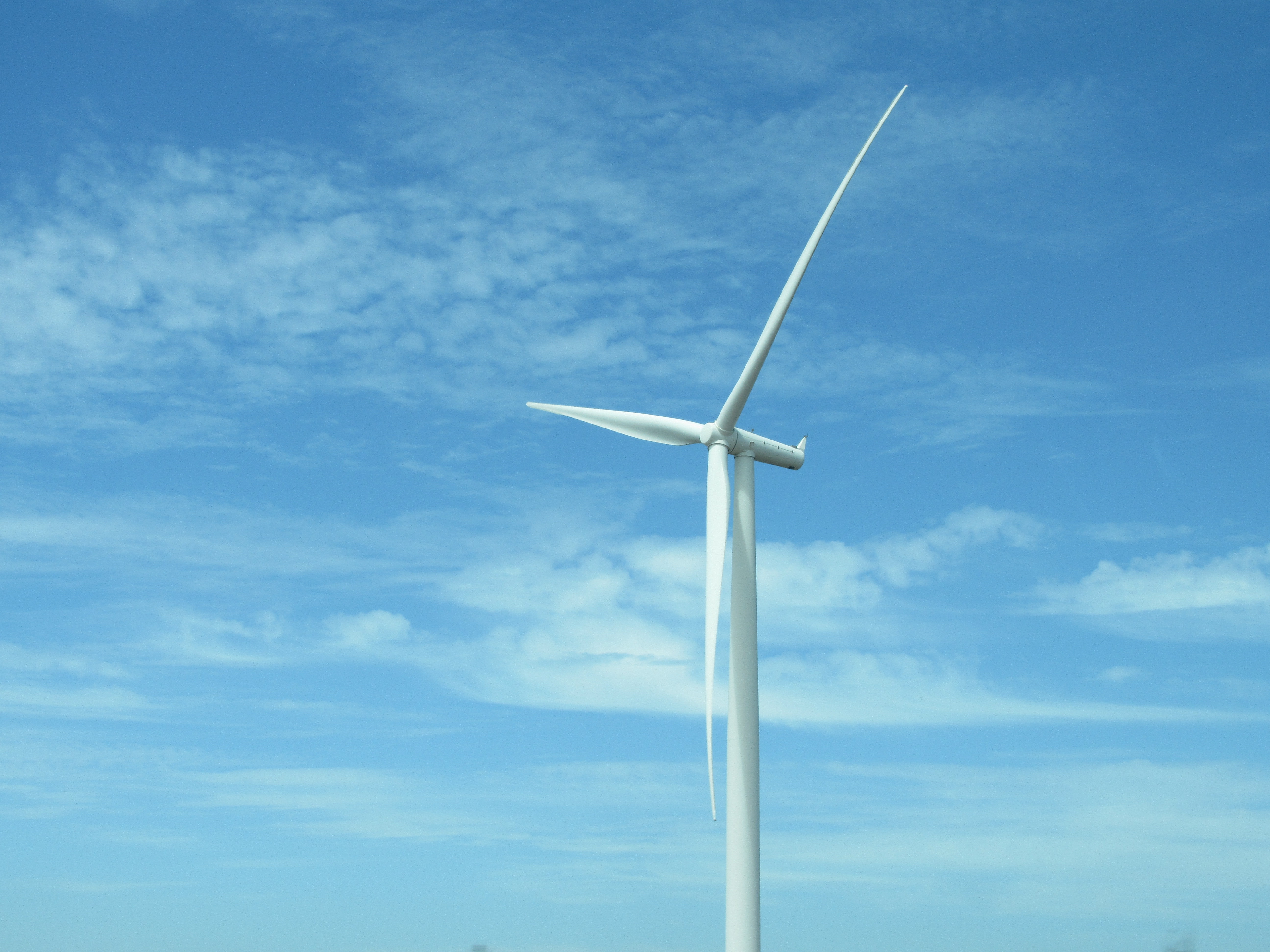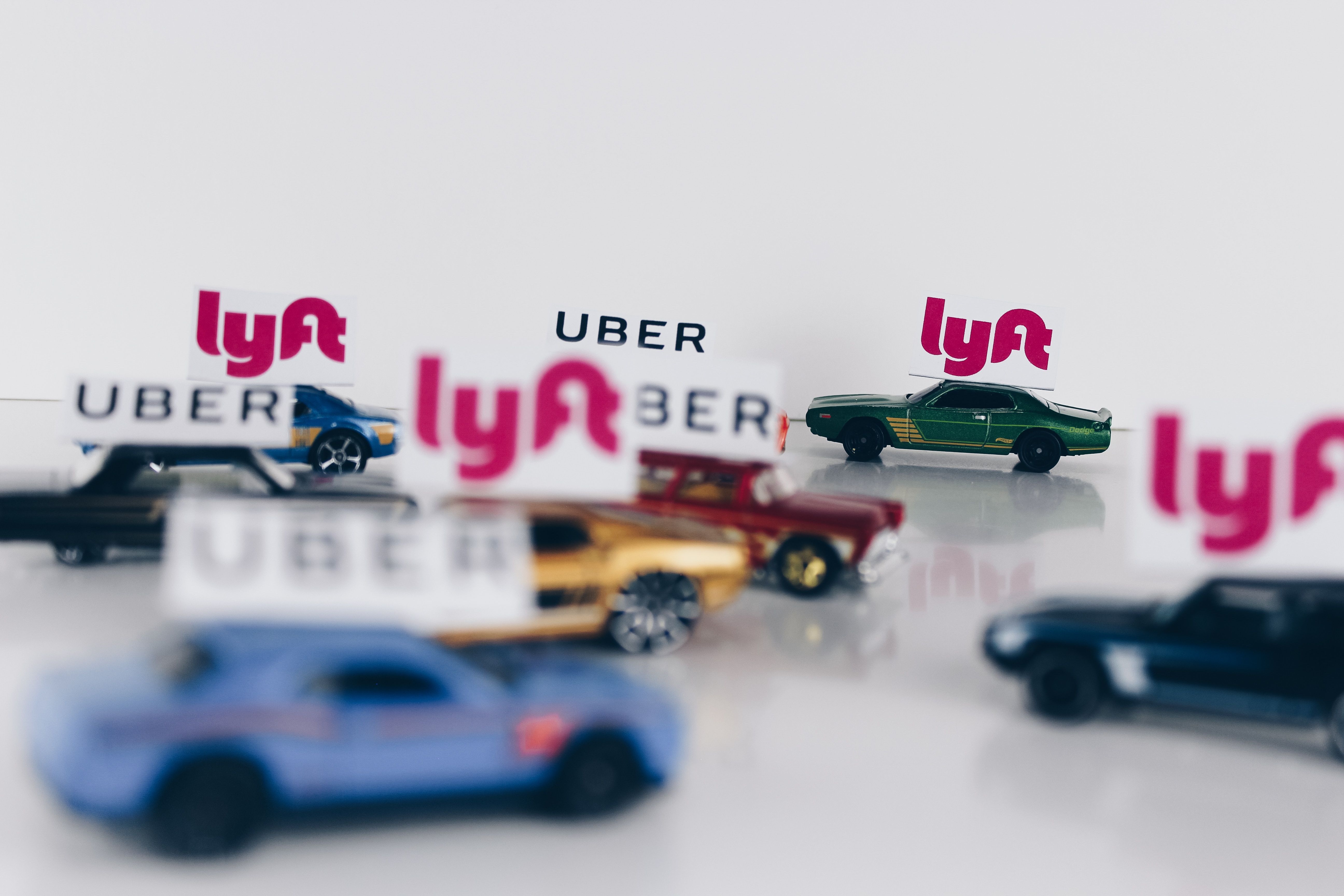To reach the carbon reduction goals outlined in the Paris Agreement, and in targets set by dozens of city and state governments, electrifying the transportation sector is key. But despite huge advancements in technology, electric vehicles (EVs) continue to make up only a small fraction of the U.S. automobile market. In fact, EVs were less than 1 percent of the total vehicle market share in the United States until 2017, when they finally hit the 1 percent milestone.
Growth is now accelerating, largely thanks to the success of Tesla’s Model 3. July was the first month on record that EV sales reached 2 percent of market share, doubling the 2017 annual result. But how can the EV market reach scale?
Read More
Topics:
Customer-Centric Marketing,
Utility Communications,
Innovation,
Energy Efficiency,
Research,
Clean Energy,
Electrification,
Marketing Strategy and Best Practices,
Audience Segmentation
The “Utility of the Future” is a buzzword that has been dominating our industry’s publications and conference circuits for the past few years. Many industry thought leaders have published their ideas, and many of these smart ideas include elements of strategic electrification, distributed resources, non-centralized generation, and non-wire alternatives.
Read More
Topics:
Customer-Centric Marketing,
Utility Communications,
Innovation,
Energy Efficiency,
Research,
Clean Energy,
Marketing Strategy and Best Practices,
Audience Segmentation
The Intergovernmental Panel on Climate Change (IPCC) recently released a special report on the state of climate change. The findings were less than pleasant, with the report underscoring that "we only have the slimmest of opportunities remaining to avoid unthinkable damage to the climate system that supports life as we know it."
Read More
Topics:
Utility Communications,
Energy Efficiency,
Clean Energy,
Climate Change,
In the News,
Electrification
More flexible. More dynamic. More effective.
Marketing in advertising has two purposes: sales activation and brand building. Sales activation is targeted at people who are looking to purchase on the spot, or it aims to trigger a purchase decision. Brand building has four key goals:
- Reputation building
- Loyalty building
- Education
- Brand reinforcement
Read More
Topics:
Customer-Centric Marketing,
Innovation,
Energy Efficiency,
Research,
Clean Energy,
Creative,
Media Strategy and Best Practices,
Marketing Strategy and Best Practices
Tesla sold an estimated 14,250 Model 3 sedans in July, a 225% improvement over the electric car’s previous record sales month. That monthly sales figure might have seemed to be a fluke, but Forbes reported that the sedan hit a new sales record in August, reaching 17,800 units.
Read More
Topics:
Customer-Centric Marketing,
Innovation,
Research,
Clean Energy,
Electrification,
Marketing Strategy and Best Practices
As the first anniversary of Hurricane Maria’s aftermath approaches, the United States is bracing itself for yet another dangerous hurricane season. As we write this, Hurricane Florence is making its way to the Carolina coast.
Read More
Topics:
Customer-Centric Marketing,
Utility Communications,
Innovation,
Energy Efficiency,
Research,
Clean Energy,
Marketing Strategy and Best Practices,
Climate and Social Justice
A decade ago, wind energy mostly meant giant investments, ugly legal battles and major public opposition. As recently as 3 years ago, we saw proposals in many states—good proposals by respected companies—being tossed out. Lack of public support combined with weak political legs dragged the highly visible CapeWind project through the dirt from its initial approvals in 2005, to 2017, when it was finally shut down and deemed defunct.
Read More
Topics:
Customer-Centric Marketing,
Utility Communications,
Innovation,
Energy Efficiency,
Research,
Clean Energy,
Marketing Strategy and Best Practices
The utility of the future is a hot topic for our clients in the energy space. What will it look like? Who will be steering the ship and who will be struggling to stay afloat? Transportation is a major part of that conversation, and no companies have upended the transportation industry more than Uber and Lyft. The American dream of automotive independence is being challenged in many cities where it is cheaper to use ride sharing than it is to own a car: New York, Washington, D.C., Chicago, and Los Angeles.
Read More
Topics:
Customer-Centric Marketing,
Utility Communications,
Innovation,
Energy Efficiency,
Research,
Clean Energy,
Branding and Brand Value,
Marketing Strategy and Best Practices
Curious about the intersection of real estate and energy efficiency? So were we. We wanted to know, how much is energy efficiency worth to buyers? And do people put it on the “must have” side of the list when looking at real estate options?
Read More
Topics:
Customer-Centric Marketing,
Utility Communications,
Energy Efficiency,
Smart Technology


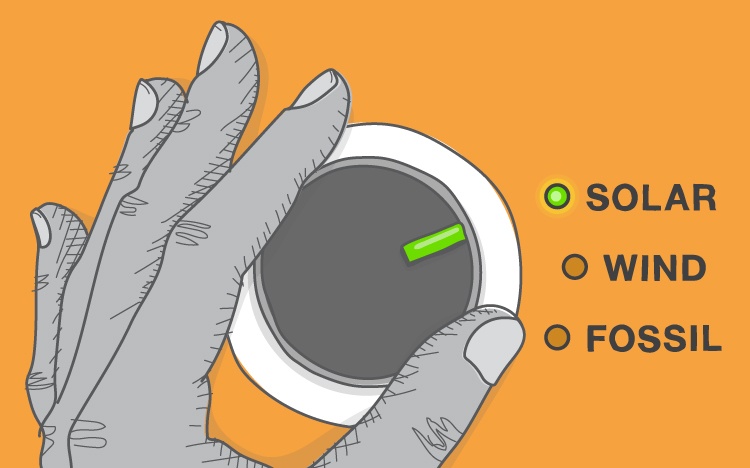

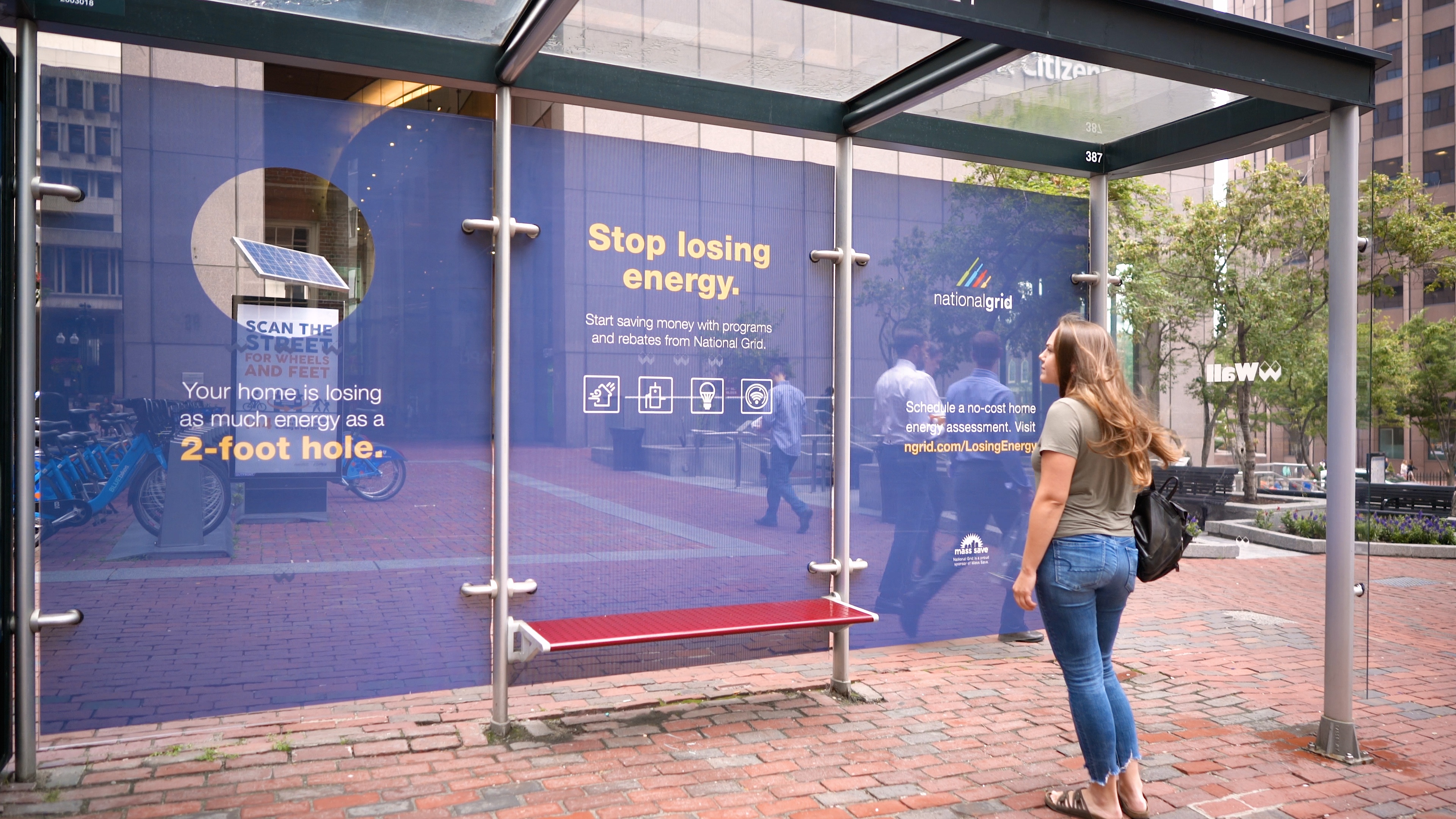
.jpg)

